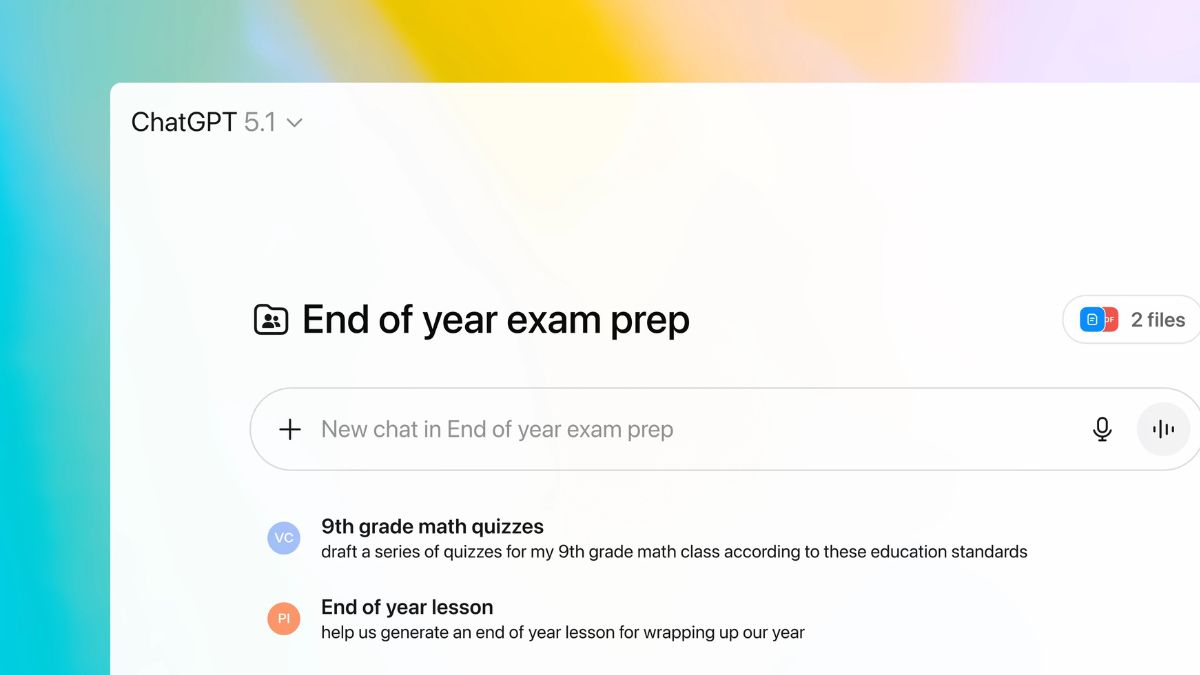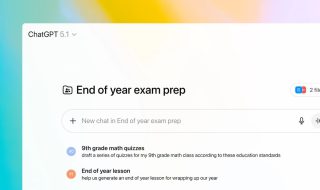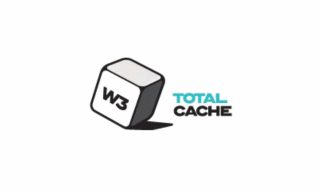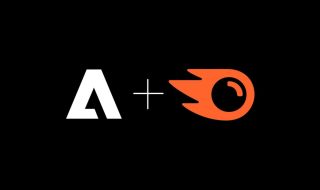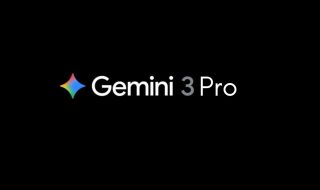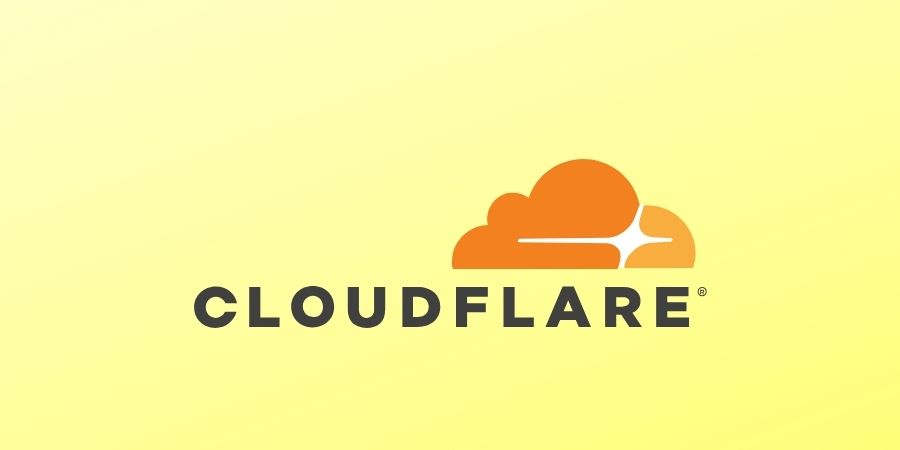OpenAI has launched ChatGPT for Teachers, a new version of ChatGPT designed specifically for school educators. The company is making it free for verified K–12 teachers in the United States until June 2027, which is a big move considering how quickly AI is entering classrooms.
Teachers have been some of the earliest adopters of ChatGPT. Many already use it to prepare lessons, rewrite notes, simplify topics, or create examples for students. With this new version, OpenAI is finally giving them a dedicated and secure space to do all of that without worrying about privacy issues.
The new workspace lets teachers bring in their existing classroom files from Google Drive or Microsoft 365, build presentations directly inside ChatGPT, and even personalise the AI with their grade level and preferred teaching style. It also includes tools like GPT-5.1 Auto, internet search, file uploads, and image generation.
The most important part is privacy. Anything a teacher uploads to this workspace is not used to train AI models. It is designed to support FERPA requirements, which schools in the U.S. must follow when handling student information.
It is not just for individual teachers. Schools and districts can add their full staff under one account, manage access, and set up secure sign-ins. This makes it easier for teachers to collaborate on lesson plans or share templates across grades and subjects.
AI is already becoming a part of everyday teaching. Many teachers say tools like ChatGPT save them several hours each week. This extra time usually goes back to students, which is where it actually matters.
By offering the tool for free until 2027, OpenAI is giving schools a long runway to adopt AI without worrying about budgets. It also sends a strong message that AI can work as a support system for teachers instead of replacing them. Good teaching still requires human judgment, empathy, and experience—AI just removes some of the repetitive work.
This move feels timely. Schools everywhere are struggling with workload, staff shortages, and rising expectations. A dedicated AI tool can genuinely reduce the pressure if used responsibly. At the same time, teachers need clear rules and training so students understand how to use AI in a healthy way.
Another interesting point is OpenAI’s release of an AI Literacy Blueprint, which hints that AI education will soon become as important as digital literacy. Schools that start early will likely adapt faster.
ChatGPT for Teachers is live now, and educators in the U.S. can get verified and set up their workspace. The free period runs for almost three years, so the next phase will be about real-world adoption. We will see how teachers use it, what problems it solves, and how much it shapes the future of classroom work.
